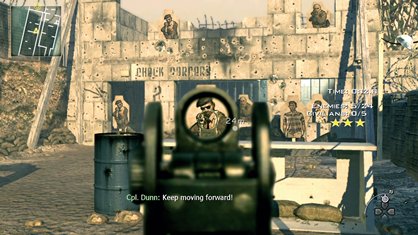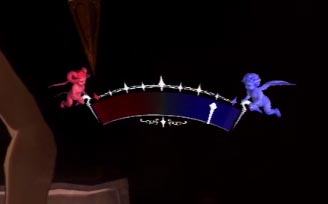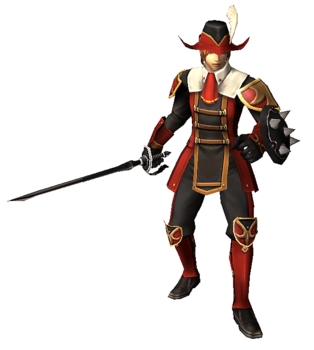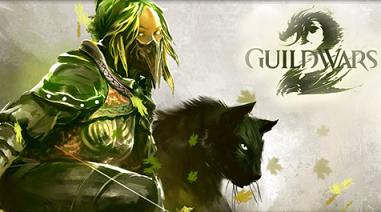I would imagine that a free-to-play MMO would want to be accessible to a wide range of players. It would strive to encourage as many people to play as possible. And to do this, they would want to have a detailed, welcoming tutorial for new players.
But without such a tutorial, SOE‘s PlanetSide 2 might be doomed for failure.
PlanetSide 2, although it has solid shooter controls and a vast amount of depth, fails to teach players properly through gameplay. There is no tutorial anywhere in the game, minus a few on-screen prompts on what keys to press to interact with vehicles and terminals. Everything else must be learned through experimentation.
And that would be fine if the gameplay was simple, but PlanetSide 2 has a lot of depth. You can capture control points, destroy generators, take out terminals, attack two different factions of enemies, and much more all at once. Dozens of icons can appear on your HUD at any given time, and they can confuse new players.
The game’s official website has video tutorials to explain some of this, but that’s not enough. Experiential learning is the best way to teach gamers how to play. Watching videos outside of the game only does so much.
I’ve heard a lot of people say that PlanetSide 2 is a difficult game to get in to, and it’s probably all because of the lack of a tutorial.

Source: http://facepunch.com/showthread.php?t=1207888&page=51
This is only half as cluttered as the screen usually gets, and very few of the markings are ever explained by the game.
And if SOE made an in-depth tutorial, it wouldn’t need to be human vs. AI. That kind of tutorial would cost a lot of money, especially for a purely multiplayer game. So instead they could make one similar to Modern Warfare 2’s tutorial, where you’re fighting dummies on a course to learn the controls.
PlanetSide 2 is a solid game, but I don’t think that it’s meeting its full potential. If SOE creates an in-depth tutorial, I could see a lot more people playing and filling the dry patches of this massive game.



















